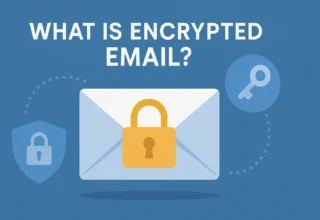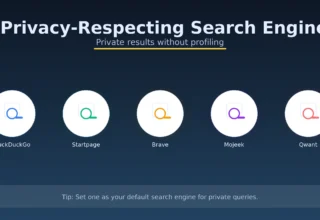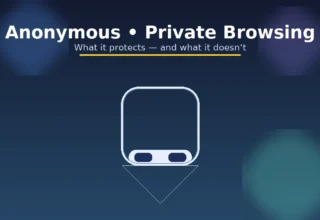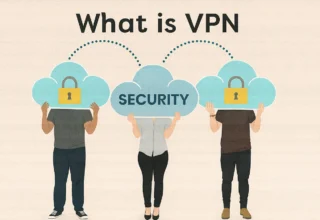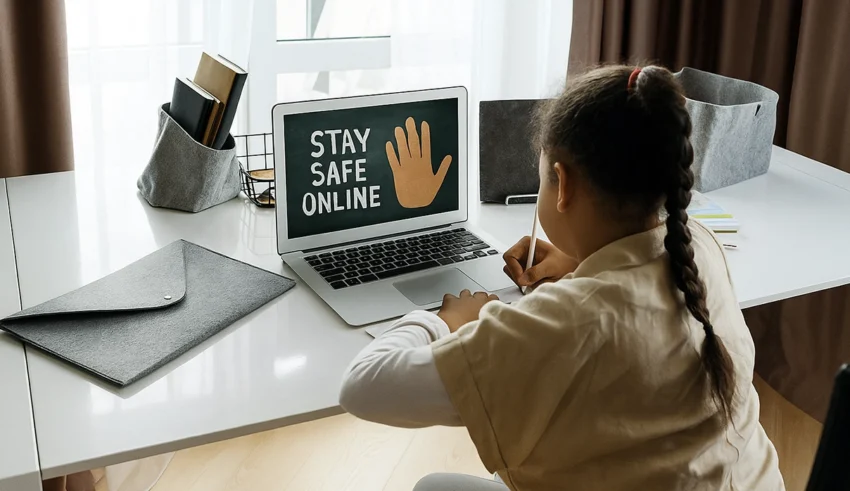
Keeping our children safe on the internet
The internet helps children develop critical thinking and boost learning like no other tool in history. Research (e.g., from UNICEF) indicates that children with internet access enjoy more learning opportunities and often build deeper digital skills than peers without access. As with any powerful tool, however, children must be taught how to use it safely to fully benefit from it.
TL;DR: Set strong passwords, think before posting, avoid talking to strangers, verify news, teach anti-phishing habits, and define clear screen-time rules. These steps keep children safer online.
Below are expert-informed tips on keeping children safe online—including best practices for passwords, safer social-media posting, and ways to avoid phishing attacks.
Teach them to create strong passwords
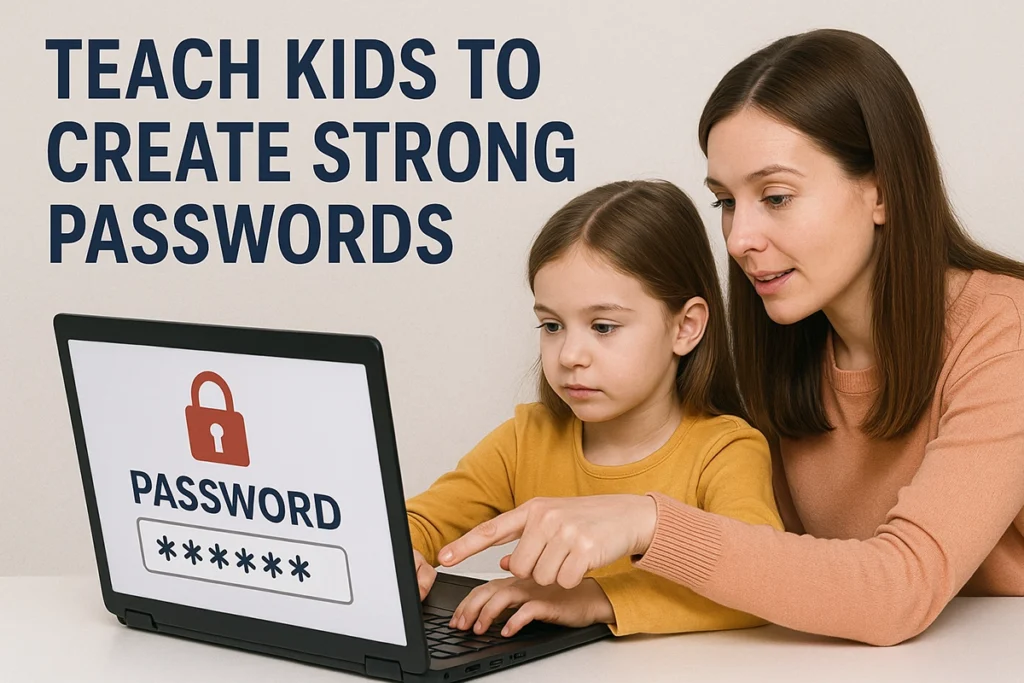
Despite modern protections such as two-factor authentication (2FA) and biometrics, many websites, apps and services still rely heavily on passwords. Choosing weak or common passwords (e.g., 12345678, password, iloveyou) makes accounts easy targets.
Online safety for children starts with understanding the importance of strong passwords today. A strong password is at least 16 characters and uses random numbers, special characters (e.g., @#%&*), and a mix of upper- and lower-case letters. When memorising feels hard, use a reputable password manager (e.g., LastPass, 1Password, Dashlane) to generate and store unique passwords. Alternatively, store them in a protected document that is itself secured with a password or device lock.
Pro Tip: Teach children never to share passwords—even with friends. Surveys show many adults admit sharing passwords; the habit can spread to children. Use a password manager and enable 2FA wherever possible.
Tell them: posts can last forever

Children often handle social platforms—Facebook, TikTok, Instagram, X (formerly Twitter), and YouTube—better than adults. What they may not realise is that posts can persist: even if a photo or comment is deleted, someone may have already saved or copied it. A moment posted in haste can resurface later and cause regret.
Parents should also think carefully before posting photos of minors. Unfortunately, bad actors may exploit such images. Moreover, social-media history can affect future opportunities: employers and scholarship committees increasingly review public profiles.
Think before you post: If you wouldn’t want a teacher, future employer, or relative to see it, don’t post it. Use private accounts and limit audience settings for personal content.
Teach children not to talk to strangers online—just like in real life
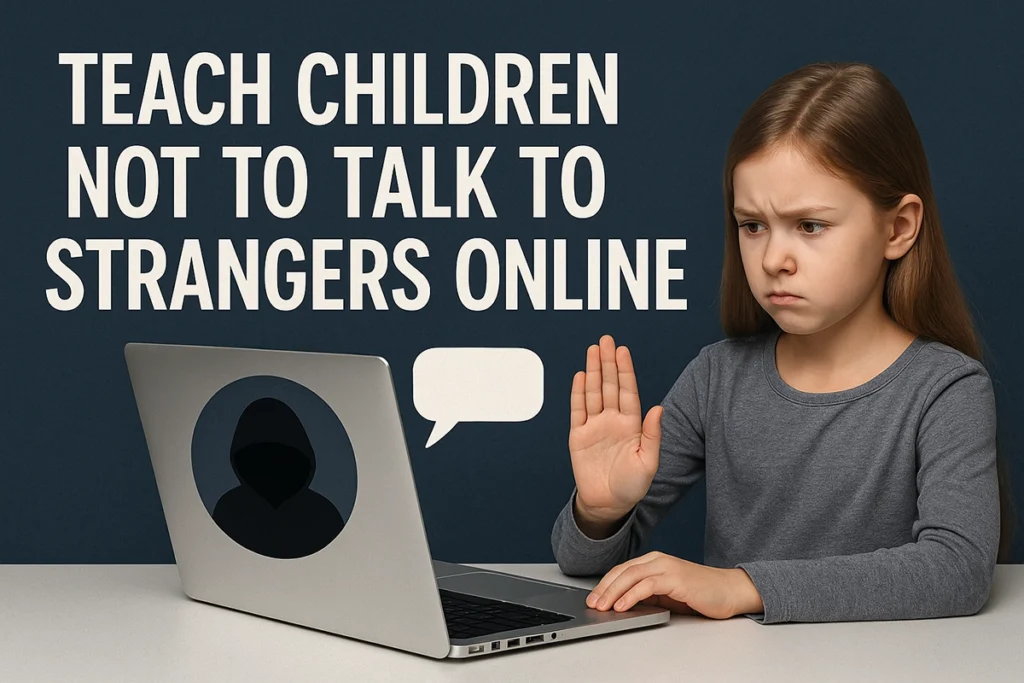
Anonymous chats can feel safe, but they are not. A “new friend” in a game lobby or on social media may not be who they claim to be. Children should communicate online only with people they actually know in real life and should tell a trusted adult if a stranger insists on private conversations or requests personal information.
Encourage simple checks when something feels off: search usernames in a search engine; use tools such as Social Searcher to review public activity; and try reverse-image search (e.g., TinEye) to see whether a profile photo is stolen from elsewhere.
Safety checklist:
- Never share full name, address, school, or phone number with strangers.
- Keep chats in-app; avoid moving to private messaging with unknown people.
- Report and block suspicious accounts; tell a parent or guardian immediately.
Teach children to fact-check what they read
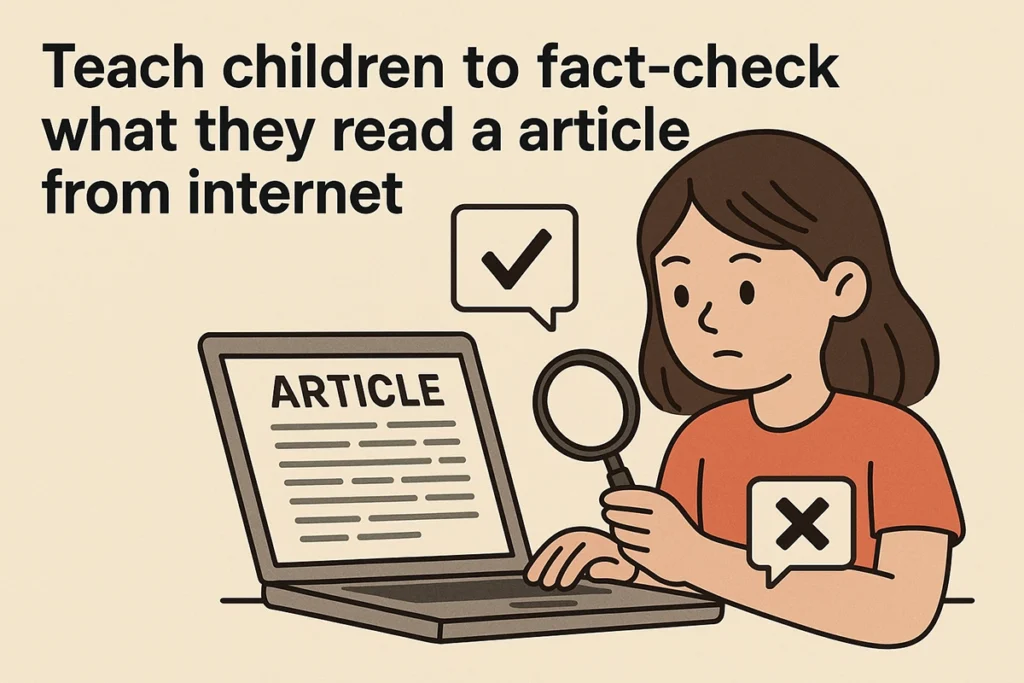
“It must be true—I read it online.” Beyond scams, false stories and misleading “facts” spread quickly on social media. Show children how to verify information: use tools such as Google’s Fact Check resources, compare multiple reliable sources, and discuss how to spot sensational headlines or manipulated images.
Verify before you share: Check the source, date, author, and supporting evidence. When in doubt, don’t repost.
Teach children about phishing
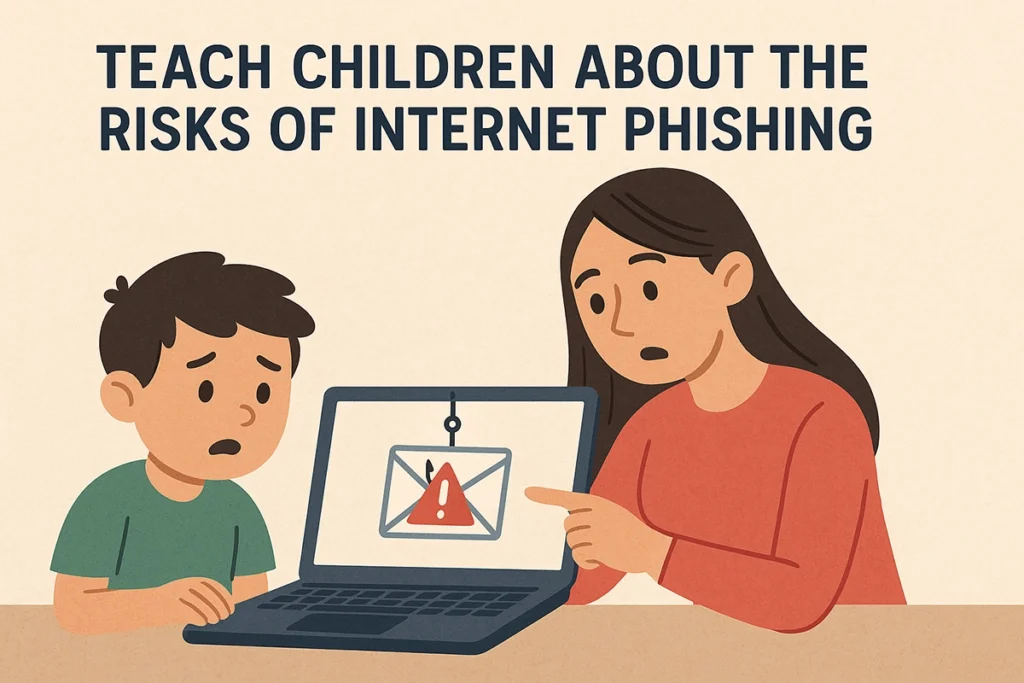
Every day, large numbers of new malware variants and phishing emails appear. Children should avoid clicking links in messages from unknown senders and beware of pop-ups or ads that try to rush them into action. Criminals now use fake websites and even bogus “customer-service” numbers to trick victims.
Online safety from phishing starts with a simple rule: don’t open suspicious links and never enter personal data or phone numbers into untrusted forms.
Phishing basics: Check the sender address, hover over links to preview the URL, and look for https and correct domains. When uncertain, navigate to the site manually—not through the link.
Set rules for web browsing and screen time
Prepare children for healthy internet use by setting clear boundaries early. For preschoolers, co-view and sit with them while they go online. Define daily screen-time limits for apps, websites, and games. iOS and Windows include built-in screen-time controls; on Android, use a parental-control app such as Google Family Link.
House rules: Set screen-time limits, device-free meals/bedrooms, and bedtime cut-offs. Keep devices out of children’s rooms overnight.


